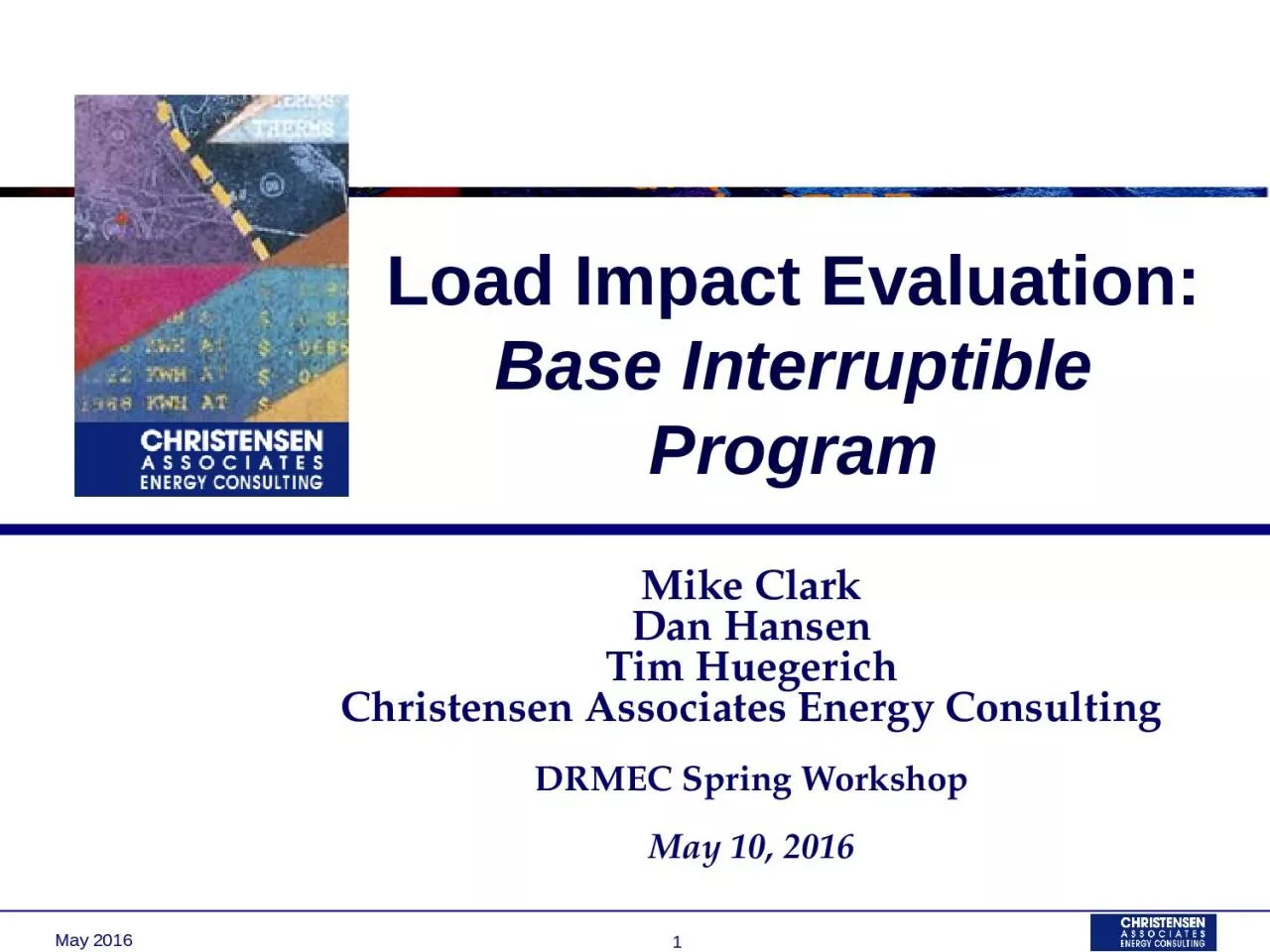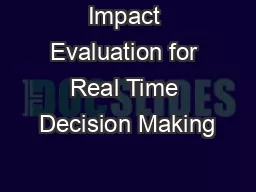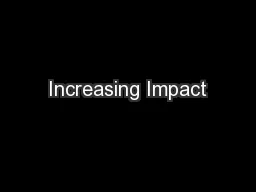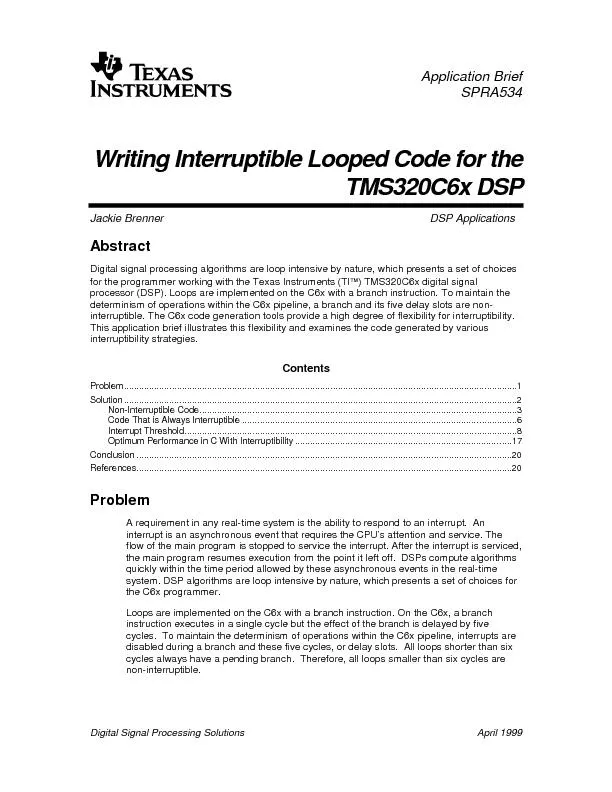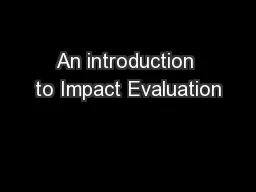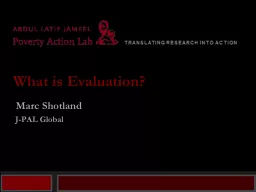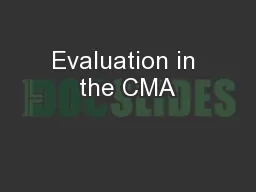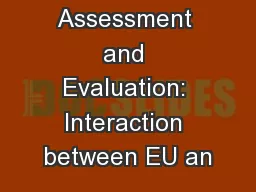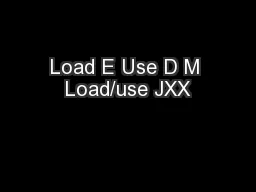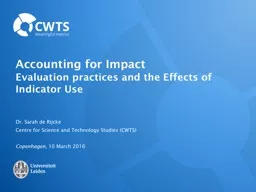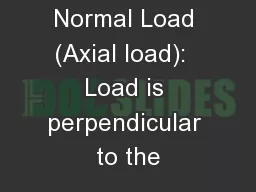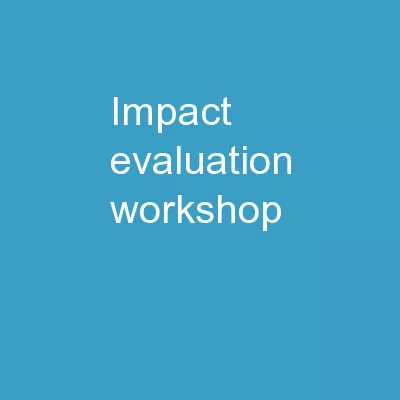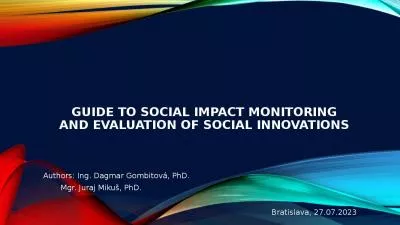PPT-Load Impact Evaluation: Base Interruptible
Author : lily | Published Date : 2023-10-31
Program Mike Clark Dan Hansen Tim Huegerich Christensen Associates Energy Consulting DRMEC Spring Workshop May 10 2016 May 2016 1 May 2016 2 Presentation Outline
Presentation Embed Code
Download Presentation
Download Presentation The PPT/PDF document "Load Impact Evaluation: Base Interruptib..." is the property of its rightful owner. Permission is granted to download and print the materials on this website for personal, non-commercial use only, and to display it on your personal computer provided you do not modify the materials and that you retain all copyright notices contained in the materials. By downloading content from our website, you accept the terms of this agreement.
Load Impact Evaluation: Base Interruptible: Transcript
Download Rules Of Document
"Load Impact Evaluation: Base Interruptible"The content belongs to its owner. You may download and print it for personal use, without modification, and keep all copyright notices. By downloading, you agree to these terms.
Related Documents

